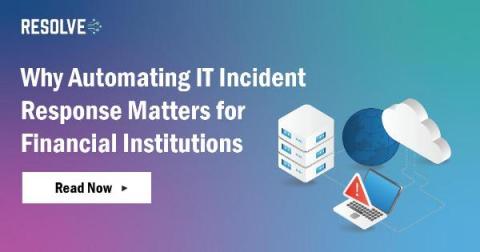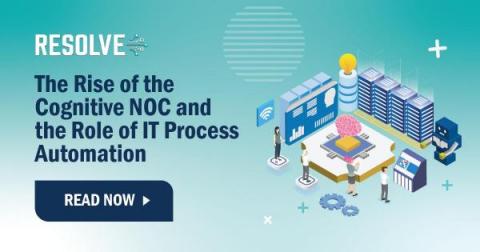How AIOps and ITPA Streamline Retail Operations: A Real-world Example
Seamless shopping experiences, along with superior customer service and overall customer satisfaction keep the retail world running and serve as the foundations for business growth. Behind the scenes, IT teams are working on incident response and operational efficiency, which brings things full circle for retail companies.






